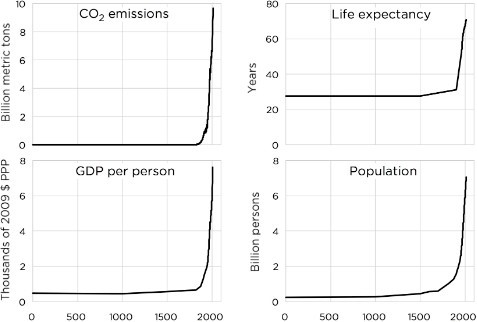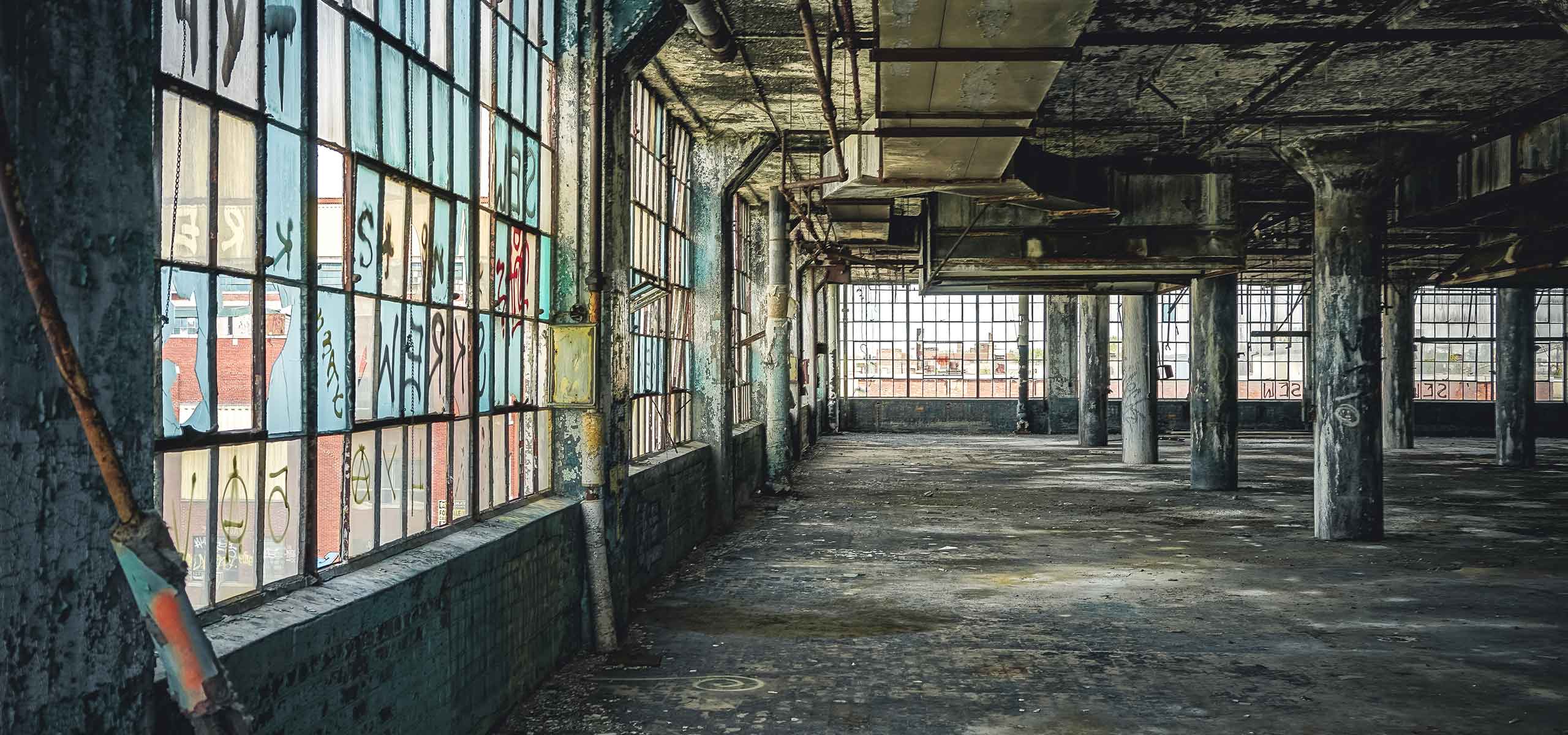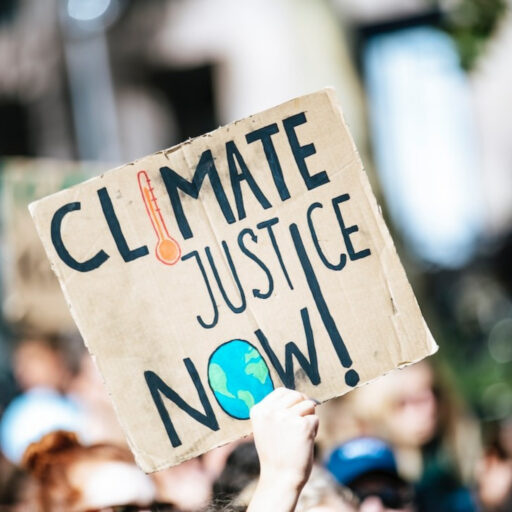By shutting down energy and infrastructure projects under the guise of ‘justice,’ the Biden Administration is hurting the communities it claims it is trying to help.
The following is a letter submitted to Chair of the Council on Environmental Quality, Brenda Mallory, by 11 US Representatives. This is a very encouraging letter, exposing some of the economic harm caused by environmentalist dogma, and reasserting the obligation of the U.S. government to serve the people by protecting their individual rights, not restrict them on the basis of alarmist hyperbole. -Editor
We write to submit comments in response to the Council on Environmental Quality’s (CEQ) request for information (RFI) for the agency’s Environmental Justice Scorecard. Your attention to this matter is appreciated.
How “Environmental Justice” Impoverishes the Poor Share on XThe most puzzling initiative of the Environmental Justice (EJ) movement is that at-risk communities should be both shielded from adverse effects of infrastructure and energy production while also reaping the full extent of their benefits.
The Biden Administration has made it a goal to “protect” underserved communities1, yet refuses to acknowledge that affordable and reliable energy production is a key factor that leads to healthier communities, increased incomes, improved education, and economic parity. By shutting down energy and infrastructure projects under the guise of ‘justice,’ the Biden Administration is hurting the communities it claims it is trying to help.
Energy consumption, GDP, and life expectancy are intrinsically tied, as demonstrated by the below graph. Adults living at or below the poverty level are five times more likely to report poor or fair health than those living with incomes above 400 percent of the federal poverty level.2

According to RTI Health Solutions, in the 1970s, a man aged 60 who earned in the top half of income in the US could expect to live 1.2 years longer than a man in the lower half. By the 2000s, that number had increased to 5.8 years3.
If one were serious about helping disadvantaged communities, lowering the cost of energy and increasing necessary infrastructure would be a top priority. However, the Biden Administration, with the support of extreme environmental groups, has sought to do the opposite.
In 2020, a planned natural gas plant in Virginia was shuttered due to EJ concerns. Despite the fact that natural gas is an affordable and reliable source of energy while releasing less CO2 emissions than coal and oil, the plan was stopped by local citizens who claim, “it does nothing for us.”4 Unfortunately, similar instances5 are all too common and prevent good paying jobs and resilient infrastructure from being placed in the communities they are most needed.
Further, transmission planning targets the shortest path needed to serve the largest load possible, which often ends up serving urban areas. This has nothing to do with so-called ‘systemic racism’ and everything to do with responsible cost allocation. When infrastructure has to go out of its way to serve a large population, the ratepayers bear the brunt of the increased cost. This means underserved communities are fronting an inflated and unnecessary price for energy and infrastructure which lowers their real income and purchasing power.
In other cases, the projects can’t even begin construction, which reduces supply and increases cost.
The Low-Income Housing Assistance Program (LIHEAP) is a canary in the coal mine. This program helps pay energy bills for low-income families, but the cost of energy and the lack of transmission infrastructure in the U.S. is so severe that LIHEAP can only service roughly 16 percent of the households in America that qualify for the program6.
Furthermore, in 2020, 34 million U.S. households (27 percent of all U.S. households) reported difficulty paying energy bills or reported that they had kept their home at an unsafe temperature because of energy cost concerns.7 More than one third of Americans say they reduced or skipped basic expenses, such as medicine or food, to pay an energy bill in 2022,8 and the cost for an average household rose approximately $10,000 in the first two years after President Biden took office.9
Instead of relying on government subsidies to offset high energy costs, we should be focusing on policies that encourage more U.S. energy production and reduce the cost of energy for all Americans.
Industry is the heart of prosperity. It spurs economic growth, resulting in additional disposable income, increased tax revenue, and improved access to healthcare.
China and India, two of the world’s largest fossil fuel producers, are evidence of this. If these nations were subject to Environmental Justice regulations, their GDP and life expectancy would not follow the sharp increase seen in the charts below.
Donna Jackson of Project 21 testified before the House Energy and Commerce Committee in 2023 and succinctly summarized the issue: “In so many ways, plentiful and affordable domestic energy is part of the ticket out of poverty and dependence. For example, we see the entrepreneurial spirit of the Black community in many Black- owned small businesses, but those business struggle and sometimes fail under the weight of expensive energy…Every extra penny struggling households have to spend on expensive energy is a penny we can’t save for home ownership or our children’s education or other things that can help lift up the next generation.”
Industry is the heart of prosperity. It spurs economic growth, resulting in additional disposable income, increased tax revenue, and improved access to healthcare. Share on XThankfully, Mrs. Jackson’s approach is catching on across the country. In California, numerous civil rights leaders, representing some of the most progressive institutions in the nation, are suing the state for its climate and energy policies which disproportionately harm underserved communities10.
Your agency has requested feedback for its Environmental Justice Scorecard that includes requests for quantifiable metrics and additional categories that can be used to make the scorecard more effective. This is an ironic request, however, given that the ‘scorecard’ actually represents how the Biden Administration is successfully opposing necessary infrastructure and harming underserved communities. Therefore, we request that CEQ include the following in their scorecard.
- An analysis into why permitting processes and project reviews under the National Environmental Policy Act (NEPA) force additional infrastructure into areas that already have preexisting infrastructure.
- A study that explores life-endangering behavior of those who do not have access to affordable, reliable energy.
- A detailed study into how reliable and affordable energy increases access to healthcare and increases life expectancy.
- Detailed monthly breakdowns of rate increases across the United States and what impacts these rate increases have on low-income communities.
- Accurately detail the criteria which determine whether an at-risk community is experiencing energy poverty.
If the true aim of your agency is to assist underserved communities, then efforts to block energy projects from being completed under the guise of environmental ‘justice’ should be reversed.
Unleashing American energy independence and streamlining regulatory hurdles to expedite energy projects will lift more people out of poverty than spending taxpayer dollars on frivolous scorecards.
Signed,
- Rep. Dan Newhouse (Chairman, Congressional Western Caucus)
- Rep. Pete Stauber (Minnesota’s 8th District)
- Rep. David Valadao (California’s 22nd District)
- Rep. Byron Donalds (Florida’s 19th District)
- Rep. Buddy Carter (Georgia’s 1st District)
- Rep. Russ Fulcher (Idaho’s 1st District)
- Rep. Cliff Bentz (Oregon’s 2nd District)
- Rep. Jeff Duncan ( South Carolina’s 3rd District)
- Rep. Tom McClintock (California’s 5th District)
- Rep. Mike Carey (Ohio’s 15th District)
- Rep. Harriet M. Hageman (Wyoming At Large)
References
- FACT SHEET: President Biden Signs Executive Order to Strengthen Racial Equity and Support for Underserved Communities Across the Federal Government. February 16, 2023.
- Figure 3.1, The Moral Case for Fossil Fuels, Alex Epstein, November 13, 2014.
- RTI Health Solutions, Economic Stability Programs & Support – What’s Working & Trending? SDoH Series, Part 2, Michelle Guerra, April 11, 2023
- Environmental justice concerns stall Va. power project, E&E News, Mike Soraghan, July 23, 2020
- Opponents suspect environmental racism in pipeline project, click2Houston, Adrian Sainz, March 7, 2021
- Administration for Children & Families, LIHEAP Performance Management, https://liheappm.acf.hhs.gov/datawarehouse
- Energy Information Agency, April 11, 2022, Difficulty Meeting Energy Needs Because of Energy Cost Concerns
- Nearly a Third of Americans Cut Back or Skip Expenses to Pay Utility Bills, Maggie Davis, Lending Tree, October 16, 2023
- Inflation costs households an extra $10K, New York Post, Brian Riedl, December 22, 2022
- Sweeping Civil Rights Lawsuit Alleges Racial Bias In Implementation Of California Climate Policies, Forbes, Michael Shellenberger, September 13, 2018.







